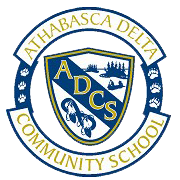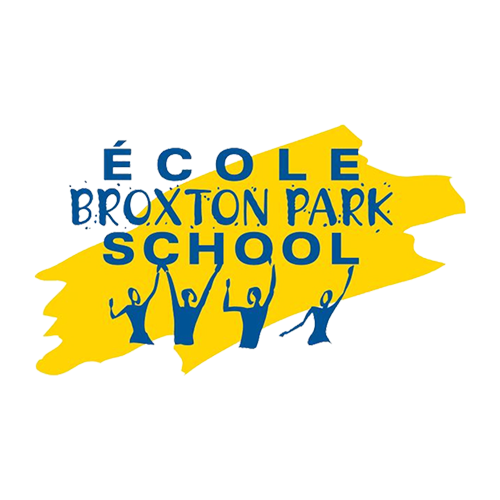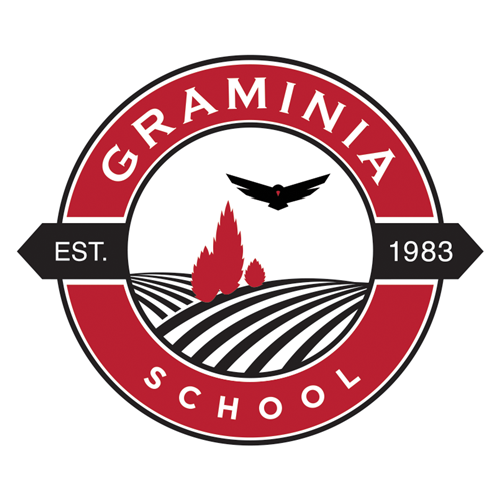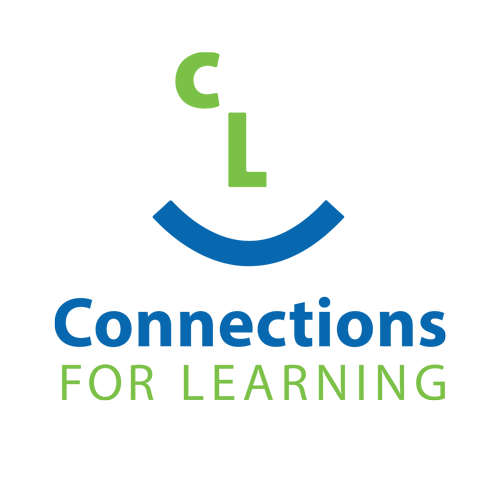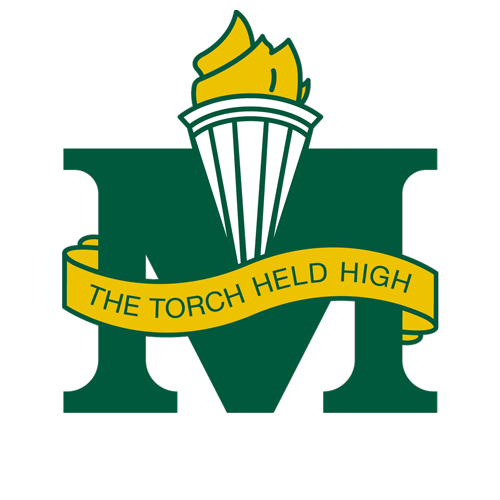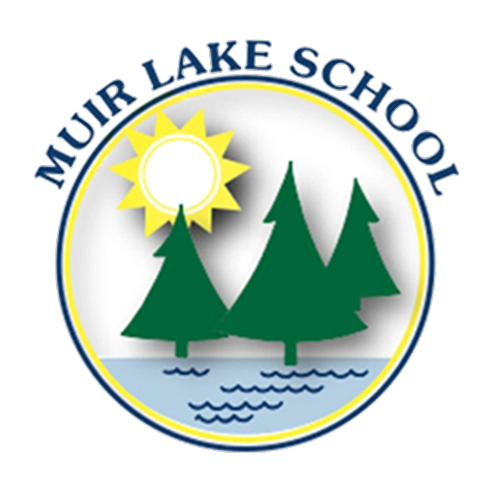AP 360: Student Discipline
Organization & Culture
Background
The Superintendent expects that students will behave in a manner that supports a positive learning environment. In keeping with Parkland School Division’s values and beliefs, the Superintendent is committed to providing schools that are welcoming, caring, respectful and safe. To this end, students, staff, parents and community members are expected to model and reinforce socially responsible and respectful behaviours.
Alberta Education requires that school jurisdictions outline procedures regarding student discipline, including suspension and expulsion.
In matters related to student discipline it is expected that a progressive discipline model that enables the student to demonstrate growth and learning shall be followed. Failure to meet the expectations for behaviour and conduct may result in disciplinary action to be applied by, or under the authority of the Principal.
Disciplinary Principles
Notwithstanding the procedures provided below, actions related to student discipline shall maintain the following principles:
A. Learning – and not punishment – shall be the foundation and primary consideration of any disciplinary action. To this end, wherever possible, teaching a child what to do is preferable to making a rule about what not to do;
B. Student safety is immediate – appropriate disciplinary decisions and actions may take time;
C. The parent(s) or guardian(s) shall be informed in disciplinary actions that pertain to their own child while respecting the privacy of other children who may be involved;
D. Corrective discipline, wherever and whenever possible, shall be a private activity that maintains all students’ sense of dignity;
E. Codes of conduct, wherever possible, should be written as positive messages of what one should do, rather than what one should not do; and
F. Disciplinary action and/or consequences shall consider the specific and unique special needs of any student.
Procedures
Primary Student Responsibilities:
1. Each student shall conduct himself or herself so as to reasonably comply with the school’s code of conduct as outlined in the Education Act, in Board Policy 18 – Learning and Working in a Welcoming, Caring, Respectful and Safe Environment, and Administrative Procedure 160 – The Code of Conduct.
Grounds for Disciplinary Action:
Discipline promotes safe and orderly learning environments in our schools.
Teaching and reinforcing clear behavioural expectations, providing supports and interventions for students who are engaged in challenging behaviours, and utilizing alternatives to suspension or expulsion are effective forms of positive student discipline and therefore preferable, wherever possible.
While it is not possible to reasonably foresee all grounds for disciplinary action, clear examples of unacceptable behaviour that could lead to disciplinary action are included in this Procedure.
Discipline Matters related to non-compliance with legislation, regulation, policy or procedure:
2. A student shall not contravene, or demonstrate actions related to non-compliance with:
2.1. The Education Act section 31, and/or 33(2);
2.2. The Alberta Human Rights Act;
2.3. Parkland School Division Board Policy 18: Learning and Working in a Welcoming, Caring, Respectful and Safe Environment;
2.4. Parkland School Division Administrative Procedure 160: The Code of Conduct; or
2.5. School and/or athletic codes of conduct.
3. A student shall not demonstrate conduct that displays an attitude of willful, blatant or repeated refusal to comply with school rules or the reasonable direction of any school staff member.
Discipline Matters related to intimidation, conflict, aggression or mean behaviour:
4. A student shall not conduct themselves in any manner that demonstrates aggression or harm to another person; notably:
4.1. A student shall not demonstrate conduct that is deemed disruptive and/or inhibits the process of learning for others;
4.2. A student shall not demonstrate conduct that is injurious to the physical or mental well-being of others including verbal threats or inappropriate comments, whether or not the threats or comments are explicitly stated, written, or posted online;
4.3. A student shall not demonstrate conduct that is deemed to be threatening, aggressive or intimidating;
4.4. A student shall not demonstrate conduct deemed to exhibit mean behaviour;
4.5. A student shall not demonstrate conduct deemed to be bullying and/or cyber bullying;
4.6. A student shall not demonstrate conduct that causes a student or students to be subjected to forms of punishment or indignities (hazing/froshing);
4.7. A student shall not utilize artificial Intelligence to promote any form of intimidation, harassment, or targeted mean behaviour, specifically including, but not limited to deepfake technology;
4.8. A student shall not demonstrate conduct deemed to be sexual harassment; including but not limited to:
4.8.1. Any single incident, or repeated incidents, of objectionable or unwelcome conduct, comment, bullying, or action by a person; and/or
4.8.2. Any sexual solicitation or advance.
4.9. A student shall not demonstrate conduct deemed to be harassment; including but not limited to
4.9.1. Any adverse action regarding race, religious beliefs, colour, physical disability, mental disability, age, ancestry, place of origin, family status, gender, gender identity, gender expression, or sexual orientation.
4.10. A student shall not assault another person with any part of their body, or with any object;
4.11. A student shall not be in possession of a weapon or weapon replica while on school property, or during a school event, that is dangerous or has the appearance of being dangerous to students and/or staff; notably
4.11.1. Displaying or brandishing a weapon or weapon replica, including any object reasonably perceived to be a weapon, in a threatening or intimidating manner shall be considered a serious violation of student and staff safety.
Discipline matters related to property:
5. A student shall not pilfer, remove without permission, or intentionally damage any property, including school supplied materials, personal possessions of staff or personal possessions of other students; notably:
5.1. A student shall not pilfer, or engage in the unauthorized taking of property, or deprive others of their property or belongings;
5.2. A student shall not intentionally misuse, or damage in any way, the Division’s computer network, technology for student use, email, learning technology, or any electronic privileges; and/or
5.3. A student shall not inappropriately access, or damage in any way, the fire alarm system or any other safety equipment.
Regarding restitution for loss or damages:
6. As per the Education Act (s. 257), the Division may seek restitution for damage to, or theft of, Division property.
Discipline matters related to substances:
7. A student shall not possess, or use, or exhibit the actions of someone perceived to have used any of the following prohibited substances, regardless of the student’s age (i.e., 18+) in school and on school/Division property or at school/Division related events or onsite or offsite activities:
7.1. Illicit (illegal) substances as defined in the Controlled Substances Act of Canada;
7.2. Tobacco products (including vapor or e-cigarettes);
7.3. Cannabis products (including derivatives);
7.4. Alcohol; or
7.5. Inhalants.
8. A student shall not traffic, provide, share, trade, sell or distribute, in any manner, to any other person, student or group of students, by any means, a prohibited substance including, but not limited to illicit or controlled substances, tobacco products, cannabis products, alcohol or inhalants.
9. A student shall not distribute (in any form) substance use paraphernalia, including any item used in connection with ingesting, selling and/or distributing prohibited substances and regardless of whether or not the prohibited substance is collocated with the paraphernalia.
Discipline matters related to a lack of academic integrity:
10. A student shall not demonstrate academic dishonesty, including plagiarism, cheating, or inappropriately copying another student’s products of learning.
11. A student shall not inappropriately modify, damage, or destroy another student’s products of learning.
12. A student shall not utilize Artificial Intelligence in a manner that demonstrates academic dishonesty (i.e., cheating, plagiarism) or as outlined in AP 620 Artificial Intelligence.
With respect to parent and/or guardian involvement:
Success at school begins at home. Parents and/or guardians take an active role in the educational and social-emotional well-being of the children in their care.
13. In keeping with the Alberta Protection of Privacy Act (POPA), parents and/or guardians shall not be informed of disciplinary action concerning a child who is not their own.
14. Parents and/or guardians shall actively communicate with the school whenever the typical school day will be adversely affected by factors present in the child’s life but unknown to school, including:
14.1. Family tragedies;
14.2. Lack of sleep or challenges with nutrition; or
14.3. Medical concerns that may impact learning.
Progression of Disciplinary Actions:
Discipline refers to specific corrective learning – and not punishment – that is intended to build foundational behaviours and habits of mind that will actively contribute to an individual’s well-being and success.
15. Learning shall be the foundation and primary consideration of any disciplinary action and therefore a progressive disciplinary approach is preferential; however
15.1. For clarity, the severity of a behavioural incident warranting a response may necessitate a greater severity of disciplinary action at the onset; responses to student behaviour shall be fair, consistent and proportionate to the severity, frequency and context of behaviour with consideration given to the individual circumstances of the student and the impact on the school community.
16. Disciplinary responses may include, but are not limited to:
16.1. Problem solving, monitoring, or reviewing behaviour expectations with student and reprimand;
16.2. Assignment of designated tasks;
16.3. Temporary removal of privileges;
16.4. Establishment of a behavioural contract with student;
16.5. Confiscation, pending a specific time for future student or parent and/or guardian retrieval, of an item that is deemed problematic, or specific to the matter of discipline (i.e., a personal mobile device);
16.6. Detention of the student so long as the detention does not interfere with transportation or sustenance;
16.7. Suspension, as defined in the Education Act (section 36), including:
16.7.1. Suspension by the principal from riding the school bus;
16.7.2. Suspension from a classroom period by the teacher;
16.7.3. Suspension from any school-related activity; and/or
16.7.4. Suspension from school, as per the Education Act, for up to five (5) days;
16.8. Recommendation for a medical/psychological assessment of the student to develop appropriate programming;
16.9. Involvement of police; and/or
16.10. A Disciplinary Hearing involving the student and parent(s) and/or guardian(s) as outlined in Section 26;
16.11. Expulsion from school (by the Superintendent or designate (Deputy Superintendent) upon recommendation of the Principal).
Approach to Discipline:
17. Administrators, teachers and school staff shall ensure that disciplinary actions lead to positive development and are not merely punitive.
17.1. Disciplinary actions shall not remove a student’s opportunity for sustenance (e.g. lunch or nutrition breaks).
18. For the protection of staff and students in the Division, and to prevent potentially violent behaviours, school staff may, in specific circumstances, be required to use reasonable measures, including restraint, to manage a student; notably
18.1. Staff shall fully comply with Administrative Procedure 364 – Seclusion and Physical Restraint; and
18.2. Intervention shall be utilized when a reasonable consideration of not doing so could foreseeably expose the student, or others in the vicinity to harm.
With respect to Student Suspension:
19. Suspensions shall comply with Section 36 of the Education Act.
20. The Principal shall ensure that any suspension is fair and proper, and that suspensions are made only after other reasonable interventions have proven ineffective or when student conduct is of such a nature that other intervention is not, in the circumstances, deemed to be in the best interests of the student or others in the school.
21. The Principal shall carefully consider the implications of student suspension; ensuring:
21.1. That the student is informed of the formal disciplinary nature of suspension and its consequences, and of the reasons for which suspension is being considered;
21.2. There is provision for the student to offer an explanation in defense or mitigation prior to completing the Principal’s investigation; and
21.3. The details related to the suspension are documented within 48 hours of the initiation of the suspension.
22. Parents and/or guardians shall be provided with a copy of a written letter detailing the reason for, and conditions of Suspension:
22.1. The Principal or designate shall take reasonable steps to ensure that the letter is received (email, or parent and/or guardian picks up);
22.2. A copy of the letter of suspension shall be sent to the Office of the Superintendent; and
22.3. Suspension letters shall contain the reason(s) for the suspension, the date of when the suspension starts and when it ends, how the suspension will be carried out, and any other background information that may relate to the suspension.
23. The student's parent and/or guardian shall be provided an opportunity to meet with the Principal to discuss the suspension;
23.1. For clarity the Principal shall provide an opportunity to meet with the student’s parent and the student if the student is sixteen (16) years of age or older, to discuss the suspension (Education Act s. 36(4)(c)).
With respect to student reinstatement after suspension:
24. The Principal shall determine a process for reinstatement at the conclusion of a student’s suspension.
25. The Principal may reinstate a student at any time during the length of the suspension if, in the opinion of the Principal, the situation warrants an earlier reinstatement.
Disciplinary Hearings and Potential for Expulsion:
26. A Disciplinary Hearing may be requested by a Principal to the office of the Superintendent when, in the opinion of the Principal:
26.1. A suspension is required for longer than five (5) days; or
26.2. The removal of a student from the school is necessary;
26.2.1. A recommendation for removal may consider transfer to an alternate school or program.
27. Disciplinary Hearings shall be held within ten (10) school days of the first day of a student’s suspension.
28. The process for a Discipline Hearing shall ensure the following:
28.1. That clear notification of the date and time of the meeting shall be communicated to all parties;
28.2. That all information that is to be received for the Disciplinary Hearing shall be provided to all parties in attendance at the Disciplinary Hearing;
28.3. That prior notification shall be provided to the parent, guardian or independent student of the right to have an advocate or legal counsel present during the hearing; and
28.4. That the parent, guardian or independent student shall have the right to make representation during the Discipline Hearing.
29. A Disciplinary Hearing shall proceed as per the Education Act, Section 37 and shall result in any of the following decisions for a student:
29.1. The Student may be reinstated to the school with accompanying conditions; or
29.2. The Student may be expelled from school (including transfer to an alternative school or program).
30. Expulsion is an action which can be taken only by the Superintendent or designate (Deputy Superintendent or Associate Superintendent) and only on the basis of a recommendation provided by a Principal to the Superintendent or designate.
31. The Superintendent or designate shall provide a decision to parents within 10 days (Education Act s. 37(4)).
32. The Superintendent or designate shall, in the event a student is expelled:
32.1. Provide a written decision to the parent, guardian or independent student and to the Principal, with respect to the Superintendent’s decision regarding the recommendation for expulsion (Education Act s. 37(9));
32.2. Inform the parent, guardian or independent student of their right to request that the Minister of Education review the decision of the Superintendent (Education Act s. 37(9)(b)); and
32.3. Inform the parent, guardian or independent student about alternate program possibilities that may be available for the student (Education Act s. 37(10)).

